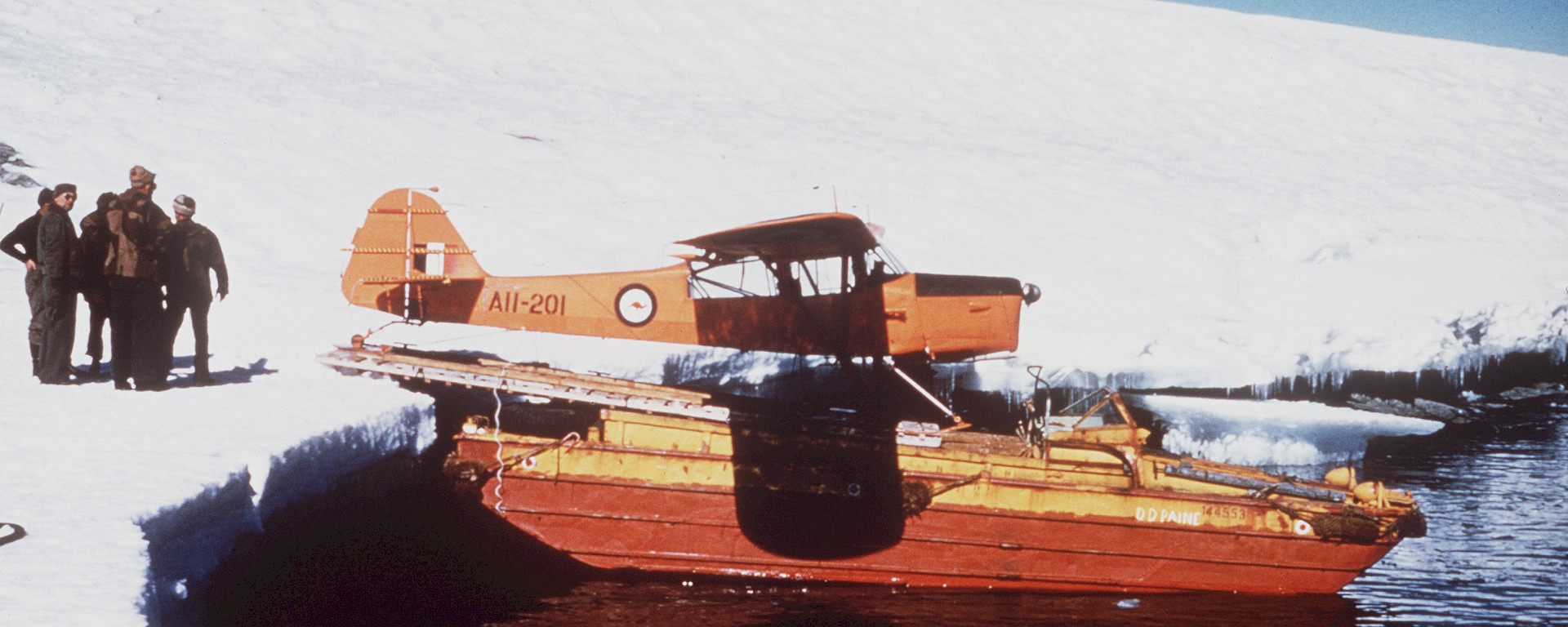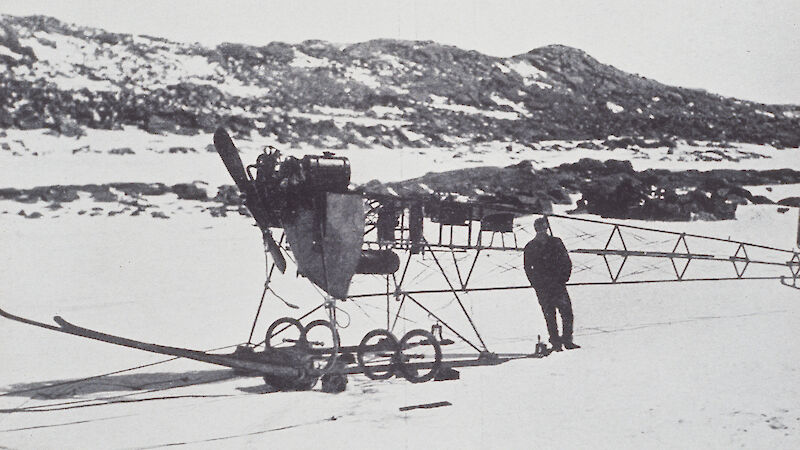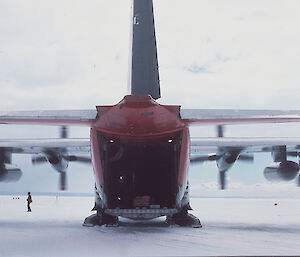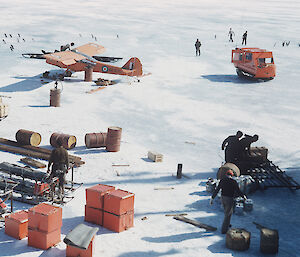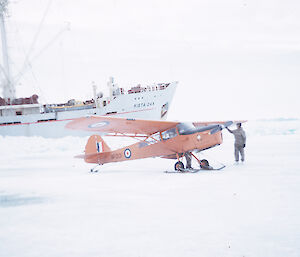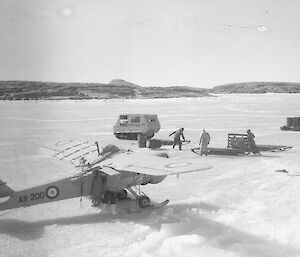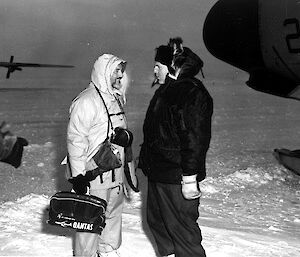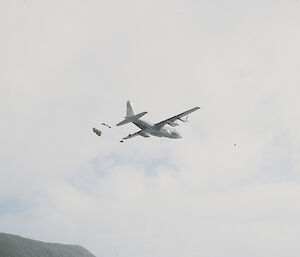Pioneering aircraft use
In the early days of Antarctic exploration, expeditions experimented with the use of aircraft. The first flight in Antarctica by any type of aircraft was made by Robert Falcon Scott in the captive hydrogen balloon, Eva, on the British Discovery expedition. On 4 February 1902, Scott reached a height of 250 metres over the Ross Ice Barrier. The first Antarctic aerial photographs taken on the pioneering balloon flights gave a glimpse of what lay beyond the horizon.
Douglas Mawson saw the great potential for aerial exploration on the 1911 Australasian Antarctic Expedition (AAE). He planned to use a small single-engine Vickers REP Monoplane for reconnaissance at Commonwealth Bay. When the aircraft was damaged during a demonstration flight prior to departure, these plans were abandoned. Although the monoplane was not airborne in Antarctica, Mawson adapted it to serve as tractor transport on land traverses.
On 16 November 1928, Australian aviator Hubert Wilkins successfully carried out the first flight over the Antarctic continent at Graham Land in a Lockhead Vega 1 monoplane. Wilkins' flight, privately sponsored by American magnate William Hearst, marked the first time that uncharted land was mapped from an aircraft.
Determined to realise his earlier ambitions, Mawson relied heavily on aircraft during the 1929–31 British, Australian and New Zealand Antarctic Research Expedition (BANZARE), using a Gypsy Moth float plane to take extensive aerial surveys of what was to become the Australian Antarctic Territory.
ANARE air operations
The Australian National Antarctic Research Expeditions (ANARE) relied heavily on fixed wing aircraft and helicopter for station resupply, deployment of field parties, and science support. Over several decades, a range of conventional aircraft operated by the Royal Australian Air Force (RAAF) Antarctic Flight and commercial operators supported ANARE in Antarctic intracontinental flights and ship to station operations.
Intercontinental air transport
On 30 September 1964, the first direct flight between Australia and Antarctica took place when a ski-equipped United States Navy LC130F Hercules departed Avalon airfield near Melbourne and landed at Byrd station — a continuous flight of 7110 kilometres, lasting 15 hours and 39 minutes. Antarctic Division Director Phillip Law was among the small group of passengers on the groundbreaking flight, and saw firsthand the new possibilities that intercontinental air transport provided in terms of logistical support in Antarctica.
Over the years, ANARE made several attempts to determine the feasibility of developing an Australian intercontinental air transport capability. During this time, the Antarctic Division entered into cooperative agreements with other countries to leverage from existing intercontinental air operations. From the late 1990s, plans ramped up for a blue ice runway to improve Australia’s ability to efficiently move expeditioners to and from Antarctica, and provide more effective access to conduct science across the Australian Antarctic Territory.
In 2008, Australia made aviation history with the landing of its first intercontinental aircraft, the Airbus A319 operated by SkyTraders, on the newly constructed blue ice runway at Wilkins Aerodrome near Casey station. The successful introduction of the air service to Antarctica brought to fruition a concept first mooted over 40 years ago.

